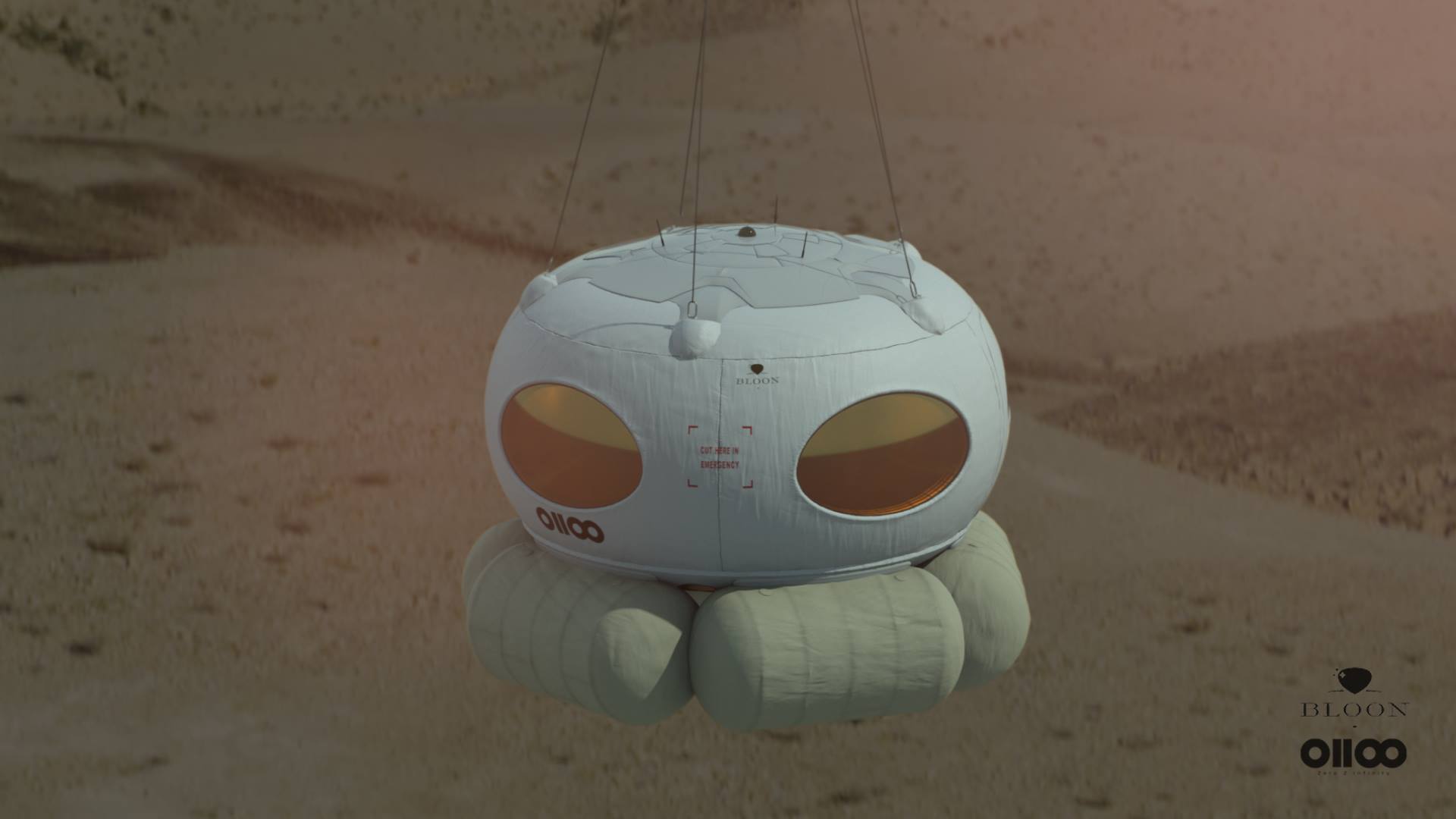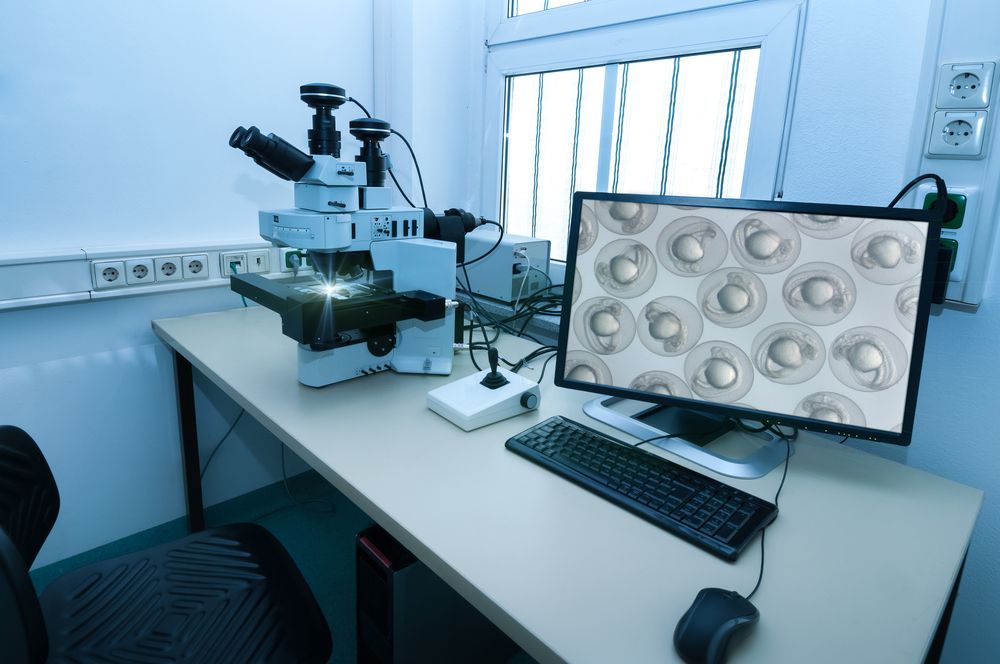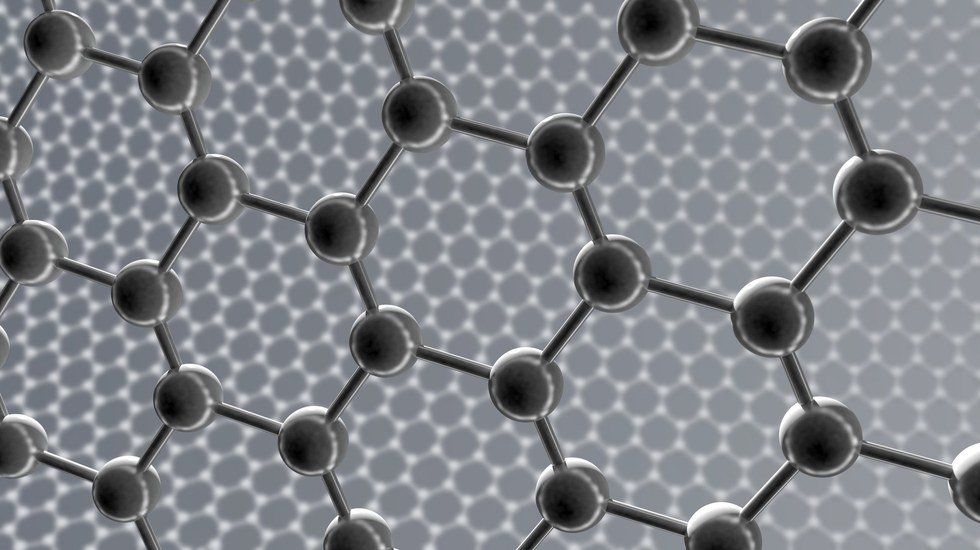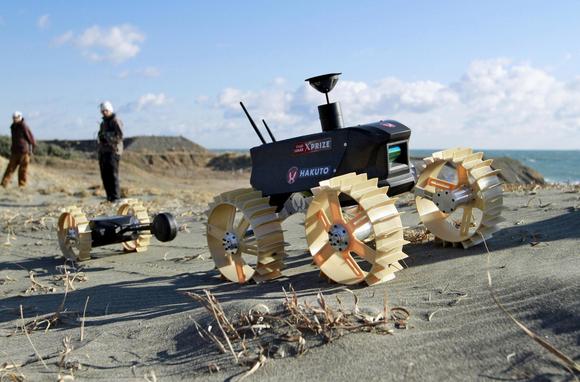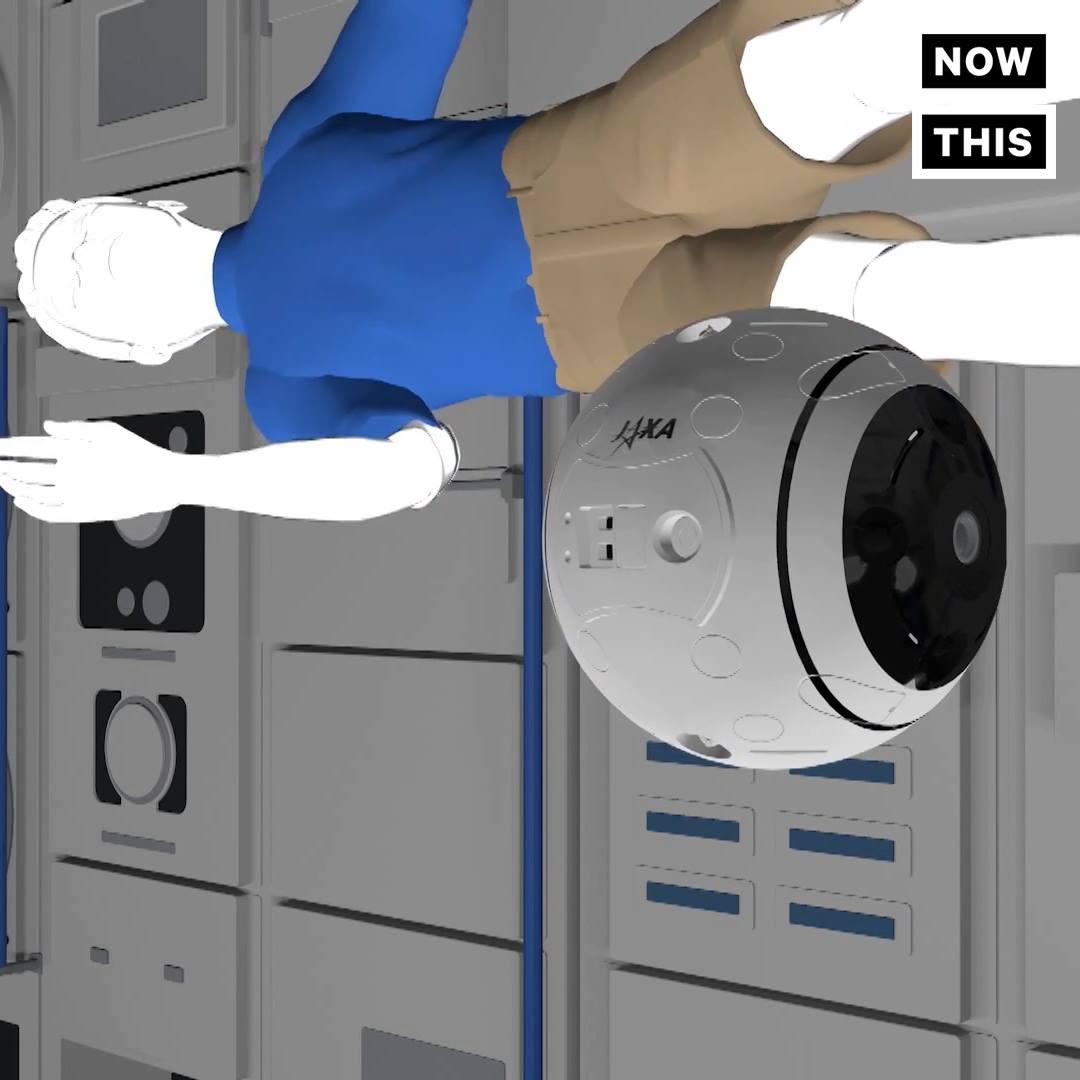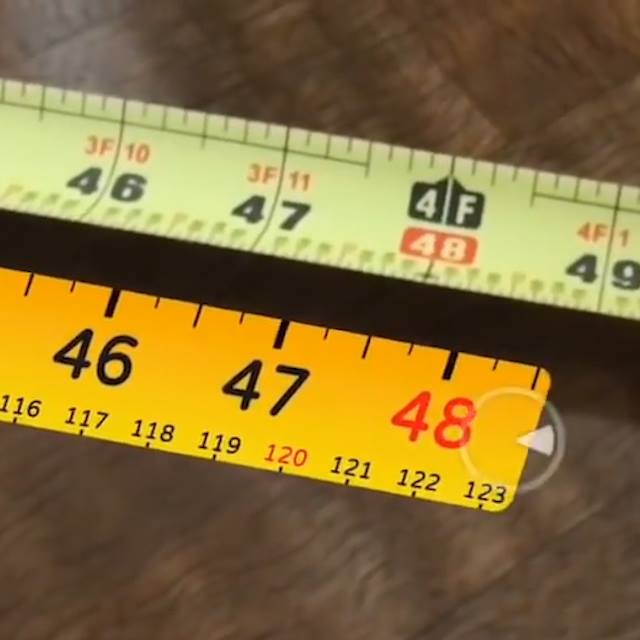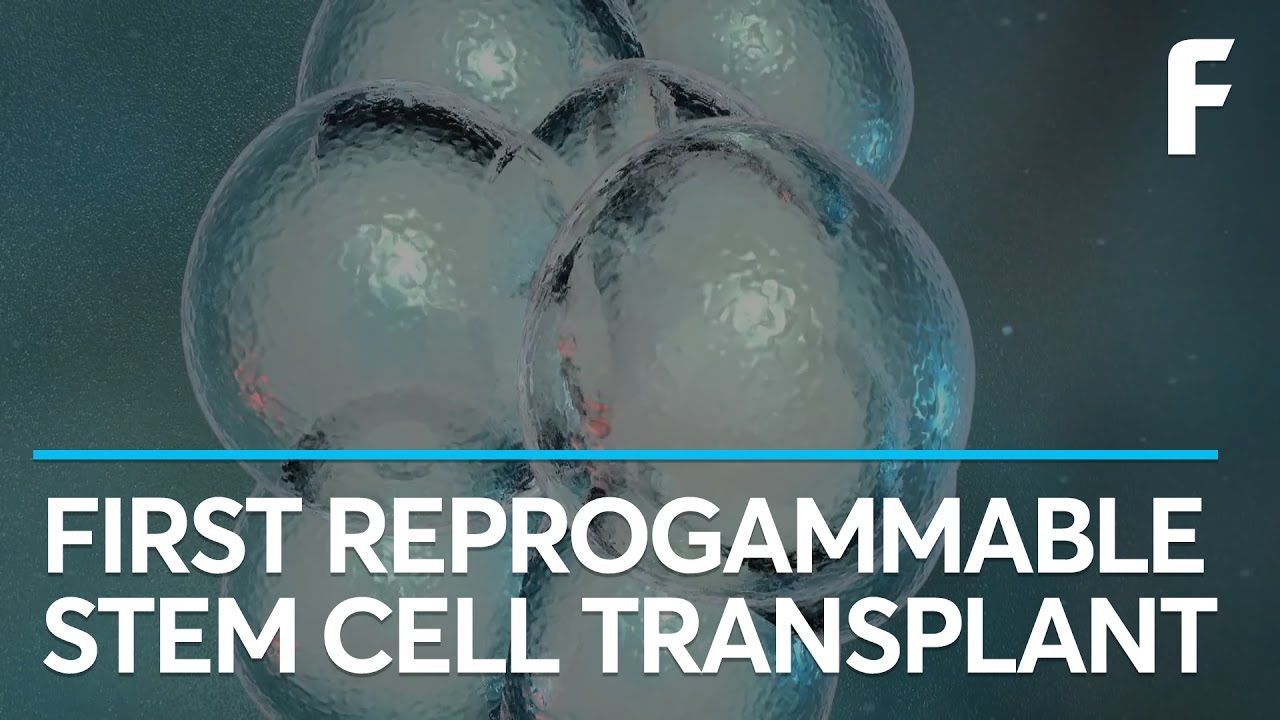Whether it’s Juno, Kepler or the Mars Rover; everyday we are one step closer to answering the eternal question. Are we alone in this Universe?
With Bloon, you will travel aboard the safest space vehicle ever designed and get the planetary awareness that only astronauts have been able to experience before.
Get your flight today at: http://zero2infinity.space/bloon
Tweaking the types of microglia to favour a healing type over an inflammatory type has been the focus of a number of recent studies. This time the tremedous regenerative ability of zebrafish is the focus of research.
The evidence that the immune system, and in particular the various types of tissue resident macrophages play an important role in the regeneration of tissue continues to mount up.
The difference in the behaviour of these macrophages varies between species and may significantly contribute to the differences in regenerative capacity observed between slow regenerative species like mice and humans and species capable of robust rejuvenation such as salamanders and zebrafish. The latter two species being able to regenerate lost limbs and organs and the former two being far more limited.
There has been considerable interest recently in adjusting macrophage populations and types in order to encourage healing which we have talked about in articles here, here and here. Today we are going to have a look at some related research again dealing with altering types of tissue resident macrophages.
Electric fields can be used to guide transplanted human neural stem cells — cells that can develop into various brain tissues — to repair brain damage in specific areas of the brain, scientists at the University of California, Davis have discovered.
It’s well known that electric fields can locally guide wound healing. Damaged tissues generate weak electric fields, and research by UC Davis Professor Min Zhao at the School of Medicine’s Institute for Regenerative Cures has previously shown how these electric fields can attract cells into wounds to heal them.
Mayak Satellite
Posted in space
TOKYO There is a new race to the moon, and it is the private sector — not governments — that is providing the runners. And unlike last time, Japan is in the thick of the action. If all goes as planned, a Japanese rover will soon be cruising across the lunar landscape for the first time ever.
The race is sponsored by the Google Lunar XPRIZE, a contest for privately funded teams to be the first to land a rover on the surface of the moon, have it travel 500 meters, and transmit high-definition video and images back to Earth. The winner receives $20 million — plus bragging rights. The contest aims to encourage the continuous exploration of the moon through privately led technologies and businesses.
Team Hakuto, as the Japanese effort is called, is a collaborative effort among more than 30 companies, including many startups as well as several established players. The team’s rover, dubbed the Sorato, represents a distillation of Japanese knowledge, with materials, technologies and know-how contributed by a diverse lineup of companies.
Japan’s space agency has released photos and videos taken on board the International Space Station (ISS) by its grapefruit-sized robot drone. The drone, called Internal Ball Camera (or Int-Ball), can be maneuvered by controllers and researchers from Earth, according a press release from the Japan Aerospace Exploration Agency (JAXA).
“Microglia play an important role in Alzheimer’s and other diseases of the central nervous system. Recent research has revealed that newly discovered Alzheimer’s-risk genes influence microglia behavior,” Jones said in an interview for a UCI press release. “Using these cells, we can understand the biology of these genes and test potential new therapies.”
A Renewable Method
The skin cells had been donated by patients from UCI’s Alzheimer’s Disease Research Center. These were first subjected to a genetic process to convert them into induced pluripotent stem (iPS) cells — adult cells modified to behave as an embryonic stem cell, allowing them to become other kinds of cells. These iPS cells were then exposed to differentiation factors designed to imitate the environment of developing microglia, which transformed them into the brain cells.

